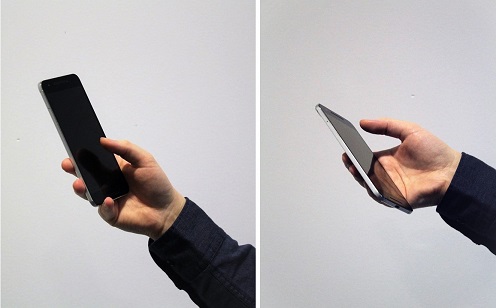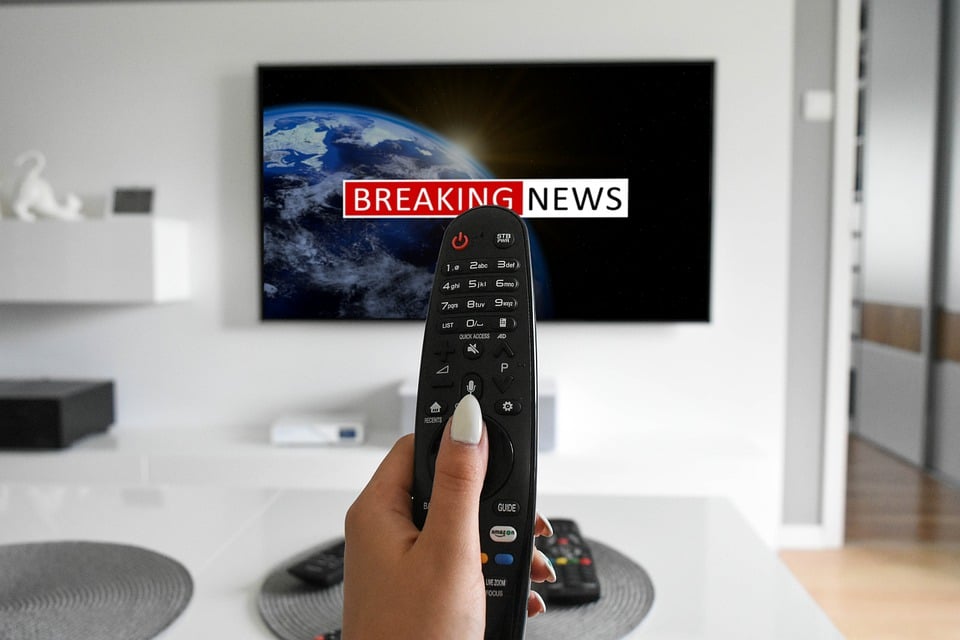computer science
People with long thumbs have a tougher time hitting the right phone keys. According to a recent study from the University of Copenhagen, thumb length accounts for 12 percent of touch errors on smart phones.
It's all in the hand. Many of today's tasks are facilitated using smartphones. On average, Danes spend two hours a day swiping, scrolling, panning and typing. But it makes a significant difference which kind of hand you are equipped with.
Those with long thumbs are more likely to make errors on their smartphone touchscreens. This is the conclusion after University of Copenhagen computer scientists studied how the size and shape of hands and fingers influence the accuracy of the user's touch performance on the phone.
"Our study demonstrates that long thumbs alone can explain 12 percent of all the errors made of users that had to hit certain targets on the screen while holding the phone with one hand," according to Postdoc Henning Pohl of UCPH's Department of Computer Science. He and a group of computer science students are the first to put a number on how hand shape influences accuracy.
It's the length, not the thickness
The conventional wisdom has been that big hands or thick fingers are to blame for the majority of errors. But this is not the case according to the researchers.
"It's the length of your thumb, not its thickness, that makes the big difference," says Henning Pohl.
The long-thumbed are particularly challenged when it comes to accuracy at the bottom of the screen. The experiments demonstrate that the longer your thumb, the harder it is to guide it with precision in the lower corners of the screen.
"Even though we are constantly using touch technology, no one really knows why we users make the mistakes that we do. Neither do the big phone manufacturers - who settle for identifying and correcting errors rather than finding out what causes them. We hope that our research can help change that," says Pohl.
The trials were conducted among 27 participants, each equipped with two differently sized smartphones - an iPhone 6 and a Nexus 6P. Among other things, the computer scientists tested how fast and accurate participants were at hitting a wide range of targets on their screens. They then analyzed a total of 54,000 touches in a computer model.

Large or small phone - size matters
The study could also confirm that phone size plays a role in the quantity and nature of errors made.
"With a large phone, you have to stretch your hand more to adjust your grip and get from the top to the bottom of the screen. Therefore, on average, slightly more mistakes are made on large phones than on small ones," says Henning Pohl.






